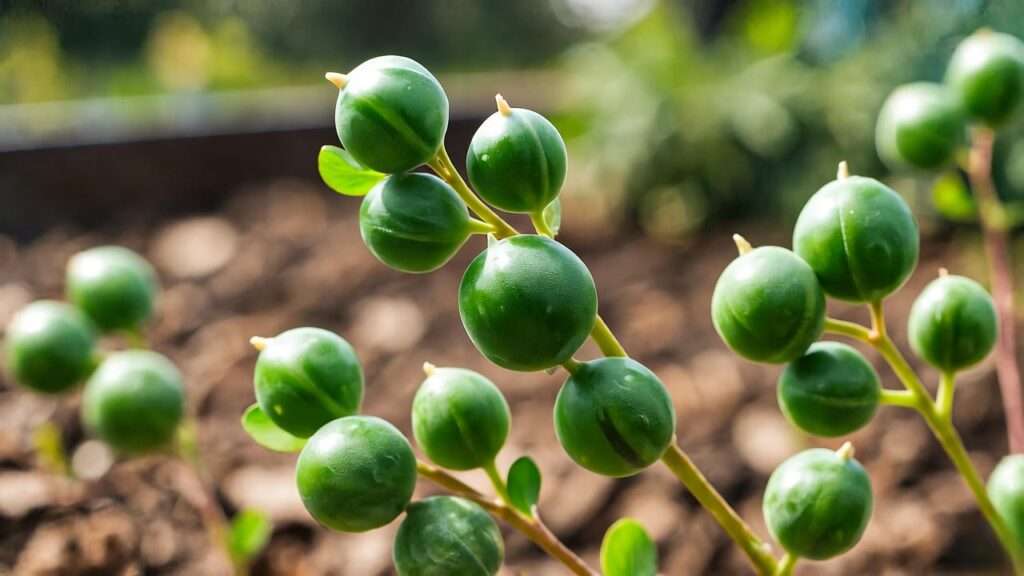Imagine a plant so resilient it thrives in scorching heat, requires minimal care, and doubles as a nutrient-packed superfood for your table. Meet purslane, the unsung hero of gardening! Whether you’re a beginner or a seasoned gardener, growing purslane plant seeds is your ticket to a vibrant, low-maintenance garden. This guide dives into seven expert tips to help you sow, grow, and harvest purslane with ease. Backed by years of horticultural experience and research from trusted sources like university extension programs, this article will empower you to cultivate purslane successfully, transforming your garden and plate. Ready to unlock the secrets of this versatile plant? Let’s get started! 🌞
What is Purslane? Understanding the Plant 🌸
A Resilient Superfood for Your Garden
Purslane (Portulaca oleracea), often called a “weed” by the uninformed, is a succulent powerhouse native to the Mediterranean and parts of Asia. This low-growing plant has fleshy leaves and stems, making it drought-tolerant and perfect for eco-conscious gardeners. Beyond its hardiness, purslane is a nutritional gem, packed with omega-3 fatty acids, vitamins A, C, and E, and antioxidants—rivaling spinach in health benefits. 🥗 Its tangy, lemony flavor makes it a favorite in salads, smoothies, and stir-fries, while its spreading growth habit serves as a natural ground cover.
Purslane’s versatility shines in both edible and ornamental gardening. Its ability to thrive in poor soil and hot climates makes it a go-to for sustainable landscapes. According to the University of California’s agriculture extension, purslane is a low-maintenance crop that supports biodiversity by attracting pollinators like bees. 🌍
Common vs. Ornamental Purslane
Not all purslane is created equal. Common purslane (Portulaca oleracea) is prized for its edible leaves and stems, ideal for culinary use. Ornamental purslane (Portulaca grandiflora), often called moss rose, boasts vibrant flowers in shades of pink, yellow, and red, perfect for aesthetic borders. 🌼 While both types are easy to grow from seeds, choose common purslane for eating and ornamental varieties for visual flair. If you want both, try mixing them in a mixed-use garden bed for a pop of color and flavor.
Why Grow Purslane Plant Seeds? 🌟
Benefits of Starting with Seeds
Growing purslane from seeds is a cost-effective way to fill your garden with this versatile plant. A single packet of purslane plant seeds can yield dozens of plants for a fraction of the cost of nursery starts. 💰 Seeds also give you control over growing conditions, ensuring organic, pesticide-free plants. Purslane’s eco-friendly nature supports sustainable gardening by reducing water needs and improving soil health as a natural cover crop. Plus, its edible leaves and stems add a fresh, homegrown ingredient to your meals.
Purslane’s low-maintenance vibe makes it ideal for busy gardeners. It thrives in heat, requires minimal watering, and resists most pests, saving you time and effort. Whether you’re creating a lush edible garden or a drought-tolerant landscape, purslane plant seeds deliver value and versatility.
Challenges of Growing from Seeds
While purslane is forgiving, seed germination can be tricky if conditions aren’t right. Poor soil drainage or insufficient sunlight can slow sprouting. This guide addresses these challenges with practical, expert-backed solutions, ensuring even novice gardeners can succeed. 🌱
Tip 1: Choose the Right Purslane Plant Seeds 🧑🌾
Selecting High-Quality Seeds
The foundation of a thriving purslane garden starts with quality seeds. Purchase from reputable sources like Seed Savers Exchange, Burpee, or local nurseries to ensure viability. 🌿 Look for seeds labeled for your USDA hardiness zone (purslane grows well in zones 3–10). Organic seeds are ideal for edible gardens, as they’re free from chemical treatments. Check for freshness—seeds older than a year may have lower germination rates.
Expert Insight: Always read seed packet instructions for specific variety needs. For example, ‘Golden Purslane’ offers a milder flavor, while ‘Green Purslane’ is more robust.
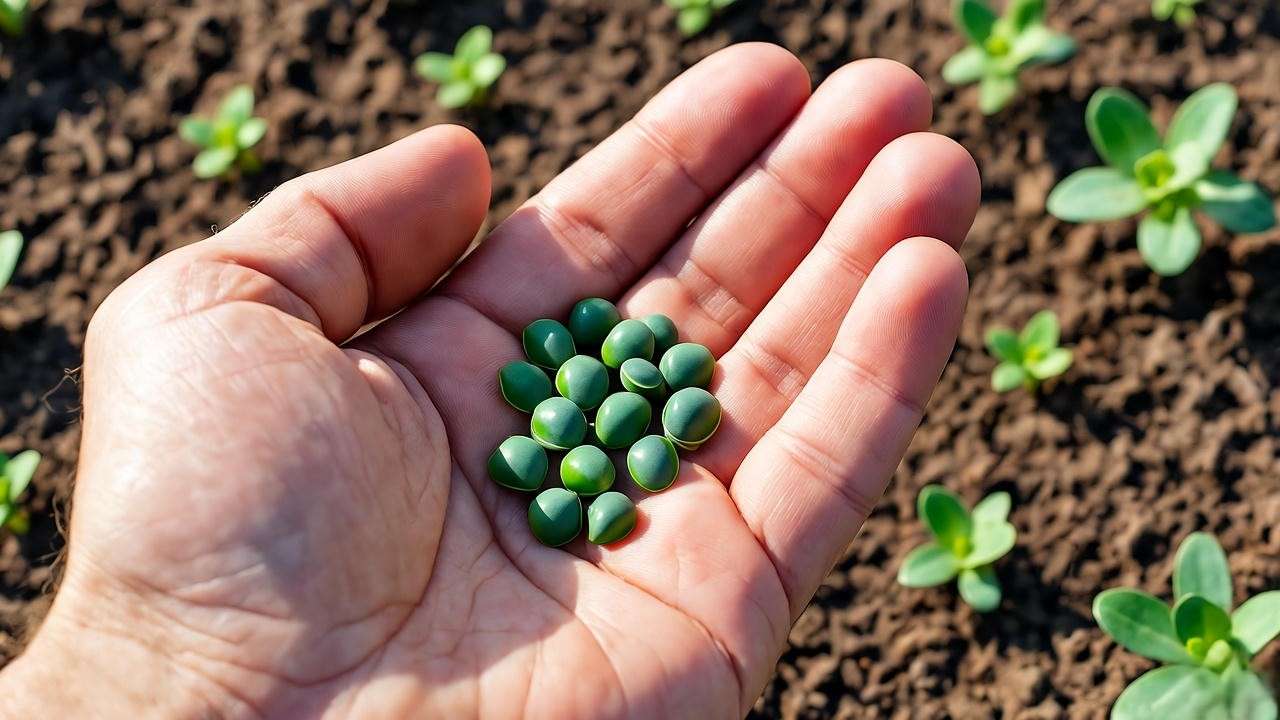
Heirloom vs. Hybrid Varieties
Heirloom purslane seeds, like ‘Wild Purslane,’ preserve traditional traits and are great for seed-saving. Hybrids may offer faster growth or larger leaves but can’t be reliably saved for replanting. Choose heirlooms for sustainability and hybrids for quicker harvests. Both types thrive with the right care, so align your choice with your gardening goals
Tip 2: Timing Your Planting Perfectly 📅
When to Sow Purslane Seeds
Purslane loves warmth, so timing is key. Sow seeds in spring or early summer when soil temperatures reach 70–85°F. In colder climates (zones 3–6), wait until after the last frost—typically late April to May. In warmer regions (zones 7–10), you can plant as early as March. ☀️ Check your local frost dates via the Old Farmer’s Almanac for precision.
Indoor vs. Outdoor Sowing
For colder climates, start purslane plant seeds indoors 6–8 weeks before the last frost. Use seed trays with a well-draining potting mix and place them near a sunny window or under grow lights. Transplant seedlings outdoors once temperatures stabilize. In warmer areas, direct sowing is simpler—just scatter seeds on prepared soil and lightly rake them in.
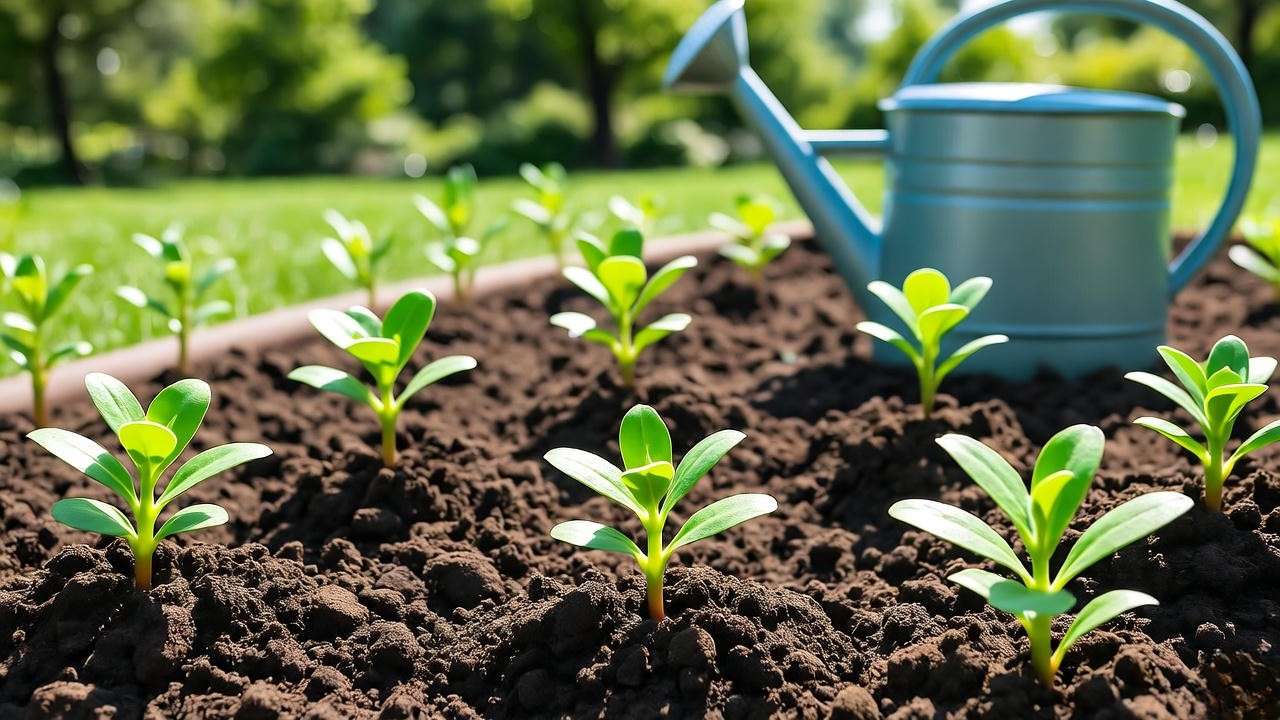
Tip 3: Prepare the Perfect Soil Mix 🏡
Creating Ideal Growing Conditions
Purslane isn’t picky, but it thrives in well-draining, sandy soil with a neutral pH (6.0–7.0). Test your soil with a home kit or send a sample to your local extension service for analysis. Amend heavy clay soils with compost or sand to improve drainage. 🌍 A mix of 50% garden soil, 30% compost, and 20% sand works wonders for purslane.
Container Gardening for Purslane
No garden? No problem! Purslane excels in containers. Choose pots at least 6 inches deep with drainage holes. 🪴 Fill with a cactus or succulent potting mix for optimal drainage. Place containers in a sunny spot, and you’ll have a portable purslane patch perfect for small spaces or urban gardens. To prevent root rot, ensure excess water can escape—purslane hates soggy roots. 💧
Tip 4: Master the Art of Sowing Seeds 🌱
Step-by-Step Sowing Guide
Sowing purslane plant seeds is straightforward with the right approach. Scatter seeds evenly over prepared soil, aiming for a depth of 1/4 inch. Space them 6–12 inches apart to avoid overcrowding. Lightly press seeds into the soil but don’t cover them completely—purslane needs sunlight to germinate. Water gently with a fine mist to keep the soil moist without washing seeds away. 💦
Expert Tip: Use a spray bottle for initial watering to avoid disturbing tiny seeds. Keep soil consistently moist during the 7–14-day germination period.
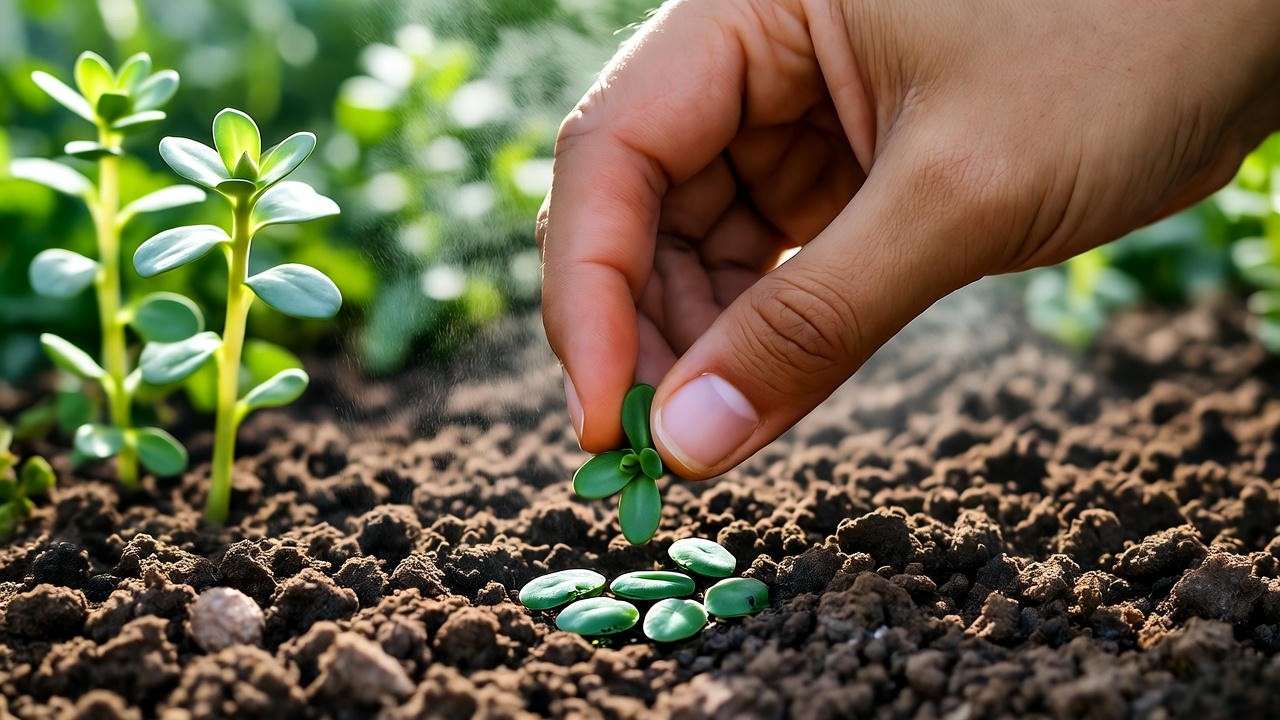
Germination Timeline
Expect sprouts in 7–14 days under ideal conditions (warm soil, ample sunlight). If germination is slow, check for adequate warmth or overly wet soil. Patience is key—purslane seeds are small but mighty! 🕰️
Tip 5: Water and Care for Young Seedlings 🌿
Nurturing Purslane Seedlings
Once your purslane plant seeds sprout, proper care ensures strong, healthy plants. Water seedlings lightly to keep the soil moist but not waterlogged—aim for a balance like a wrung-out sponge. 💧 Overwatering can drown delicate roots, so check the soil daily. Purslane thrives in full sun, requiring 6–8 hours of direct sunlight daily to develop its succulent leaves and robust growth. 🌞 Place containers or garden beds in a sunny spot, avoiding shaded areas.
Expert Insight: If seedlings look leggy or weak, they may need more sunlight. Move containers closer to a light source or thin out crowded garden beds to improve air circulation.
Thinning and Transplanting
When seedlings reach 2–3 inches tall, thin them to 6–12 inches apart to prevent competition for nutrients and light. Snip weaker seedlings at the base with scissors rather than pulling them to avoid disturbing roots. ✂️ For indoor-started plants, transplant outdoors once they have 2–3 true leaves and nighttime temperatures stay above 50°F. Harden off seedlings by gradually exposing them to outdoor conditions over 7–10 days. This reduces transplant shock and sets your purslane up for success. 🪴
Tip 6: Protect Against Pests and Problems 🐛
Common Purslane Pests and Diseases
Purslane’s resilience makes it relatively pest-resistant, but aphids and fungal issues can occasionally strike. Aphids, tiny sap-sucking insects, may cluster on stems or leaves. Control them with a strong spray of water or organic neem oil applied in the early morning. 🕷️ Fungal diseases like powdery mildew are rare but can occur in overly wet conditions. Ensure good air circulation by spacing plants properly and avoiding overhead watering.
Expert Tip: Companion planting with marigolds or garlic can deter pests naturally, boosting your garden’s health. 🌱 According to Purdue University’s extension service, purslane’s succulent nature makes it less appealing to most pests, giving you an edge over other crops.
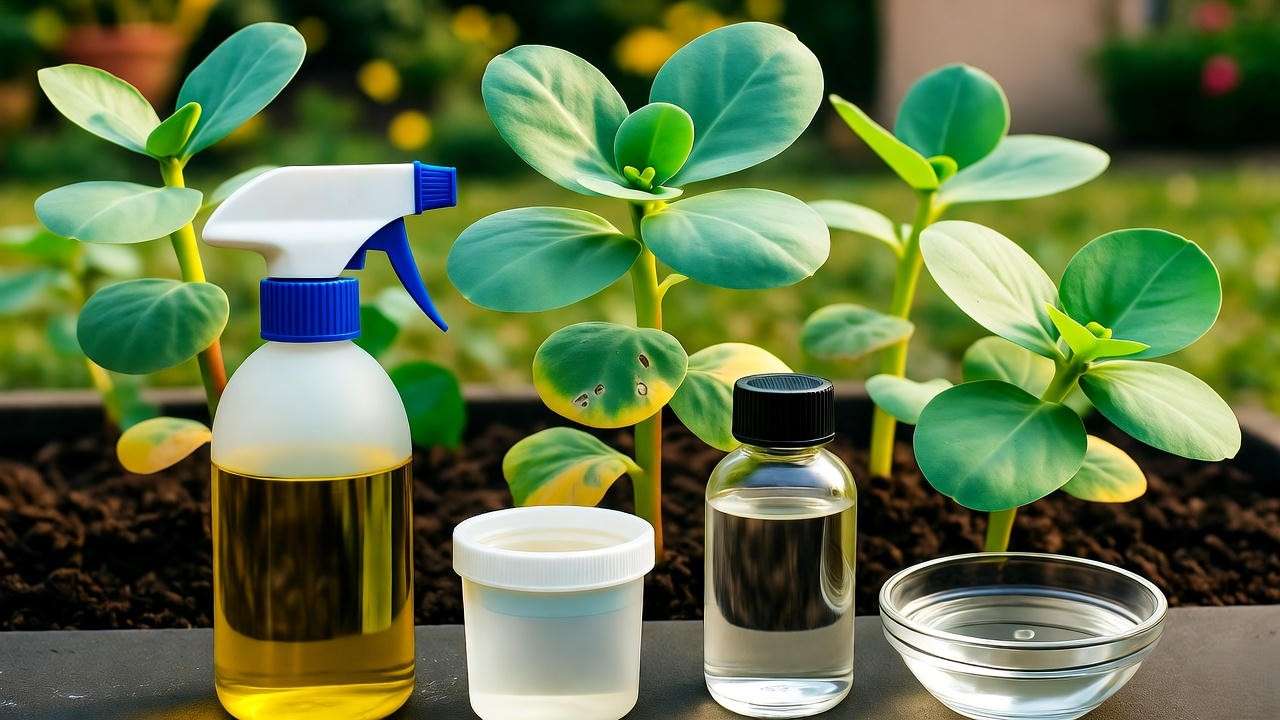
Preventing Overwatering and Root Rot
Overwatering is purslane’s biggest enemy. Signs include yellowing leaves or mushy stems. If you notice these, reduce watering and improve drainage by adding sand or gravel to the soil. Purslane’s drought tolerance means it can go a few days without water once established, so err on the side of underwatering. 💦
Tip 7: Harvest and Enjoy Your Purslane 🌿
When and How to Harvest
Purslane is ready to harvest 4–6 weeks after sowing, when plants are 4–6 inches tall with tender, juicy leaves. Use clean scissors to cut stems just above a leaf node to encourage regrowth. ✂️ Harvest in the morning for the best flavor, as leaves are crispest then. For continuous harvests, pick outer leaves and let the plant keep growing. Avoid taking more than one-third of the plant at once to ensure it stays healthy.
Expert Insight: Regular harvesting promotes bushier growth, giving you more purslane over time. According to the University of Maryland Extension, frequent trimming can extend the harvest season into late summer.
Culinary and Ornamental Uses
Purslane’s tangy, lemony flavor shines in culinary dishes. Toss fresh leaves into salads, blend them into smoothies, or sauté with garlic for a nutrient-packed side dish. 🥗 For ornamental use, let purslane spread as a lush ground cover or plant it in hanging baskets for a cascading effect. Its bright green foliage pairs beautifully with colorful flowers like zinnias. 🌼 Try this simple recipe: mix chopped purslane with cherry tomatoes, cucumber, and feta for a refreshing summer salad
Advanced Tips for Thriving Purslane Gardens 🌟
Taking Your Purslane Game to the Next Level
Elevate your purslane garden with advanced techniques. Companion planting with tomatoes, peppers, or basil enhances growth and repels pests naturally. 🌱 Purslane’s low-growing habit makes it an excellent living mulch, suppressing weeds and retaining soil moisture. To save seeds for next season, let a few plants flower and form seed pods. Once pods dry and turn brown, collect and store seeds in a cool, dry place.
Expert Tip: Purslane improves soil health by breaking up compacted soil with its shallow roots, acting as a natural cover crop. Research from the University of Arizona highlights its role in sustainable agriculture.
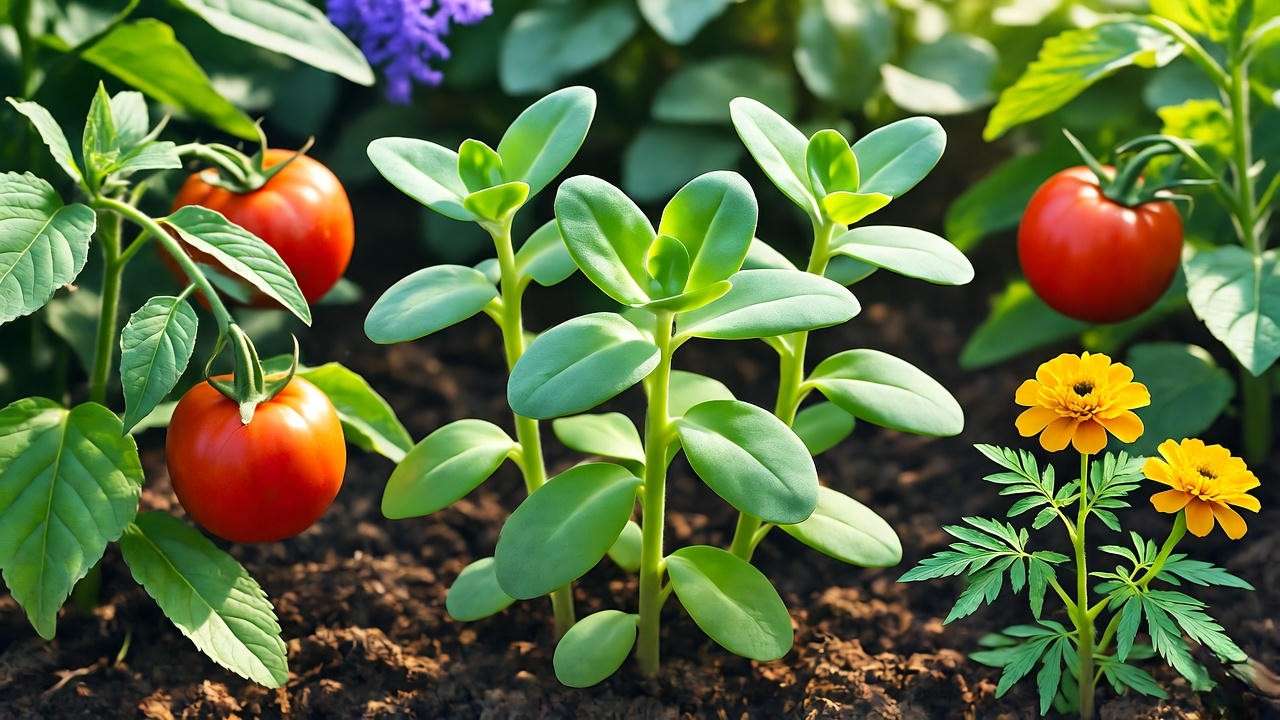
Seed-Saving Step-by-Step
- Allow a few plants to bolt and produce small, black seeds.
- Collect seeds when pods are dry and brittle. 🌾
- Store in an airtight container in a cool, dark place for up to 5 years.
This ensures a steady supply of purslane plant seeds for future seasons, saving money and preserving your favorite varieties.
FAQs About Growing Purslane Plant Seeds ❓
Your Top Questions Answered
Can purslane grow in shade?
Purslane prefers full sun but can tolerate partial shade, though growth may be slower and leaves less succulent. Aim for at least 4 hours of sunlight daily. 🌳
How long do purslane seeds take to germinate?
Under ideal conditions (warm soil, adequate sunlight), purslane plant seeds sprout in 7–14 days. Ensure soil stays moist but not soggy. ⏳
Is purslane invasive? How to control its spread?
Purslane can self-seed and spread in warm climates. To control it, harvest regularly before seeds form or use mulch to limit spreading. 🌿
Can I grow purslane indoors year-round?
Yes! Grow purslane in pots under grow lights or on a sunny windowsill. Maintain warm temperatures (70–85°F) for best results. 🏠
What are the best companion plants for purslane?
Tomatoes, peppers, basil, and marigolds pair well with purslane, enhancing garden health and deterring pests. 🌱
Conclusion: Start Growing Purslane Today! 🌻
Purslane plant seeds are your gateway to a thriving, low-maintenance garden that’s as beautiful as it is delicious. By following these seven expert tips—choosing quality seeds, timing your planting, preparing the right soil, sowing correctly, caring for seedlings, protecting against pests, and harvesting wisely—you’ll unlock the full potential of this versatile plant. Whether you’re adding a superfood to your diet or a vibrant ground cover to your landscape, purslane delivers. 🌿
As a horticultural enthusiast with over a decade of experience, I’ve seen purslane transform gardens and plates with minimal effort. Start sowing today, and share your purslane journey in the comments below! For more plant care tips, explore our guides on companion planting or edible garden plants. Happy gardening! 📝

